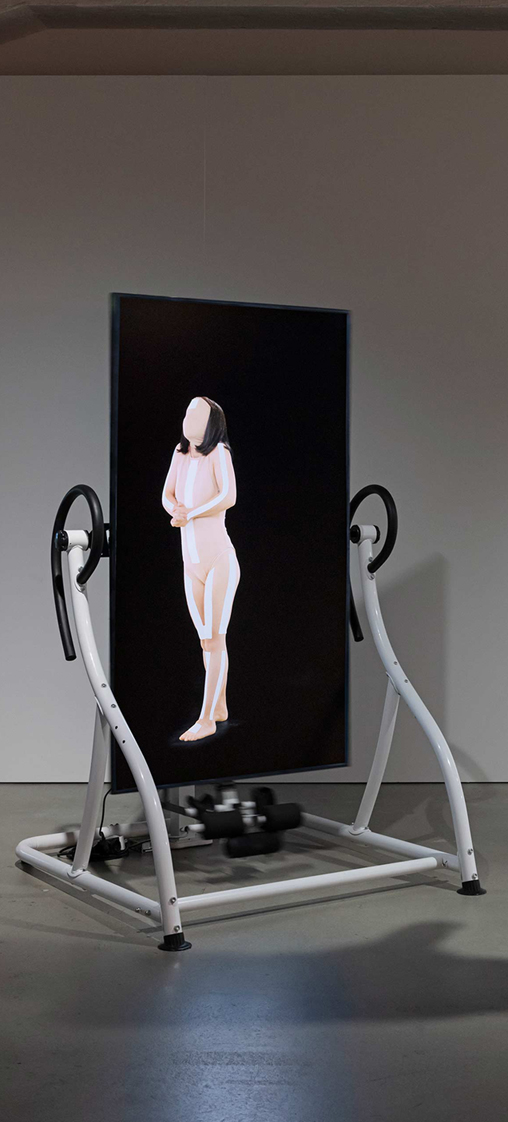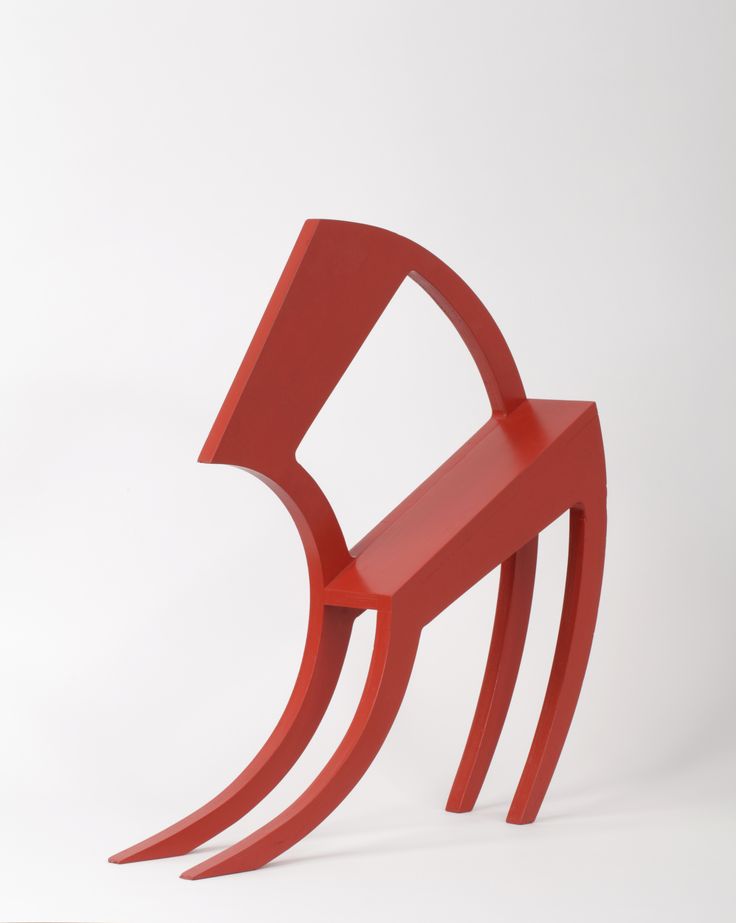
Craig Green
Spring/Summer 21
The spring 2021 collection reflects that mentality, and highlights the more commercial offerings of the brand, which are normally buried underneath his over-the-top runway styling. Carryover styles — such as quilted jackets, padded vests, parkas, shirts and hoodies with cutout hole and lace trim details — are available in pine green, beige, raisin purple, and midnight blue, and take center stage in the look book. Even Green’s signature frame-like constructions around the body have been toned down. Instead of using experimental and colorful materials, Green has hung deconstructed parts of a shirt or a jacket on metal frames. The effect is of two people interacting in one sculpture.


